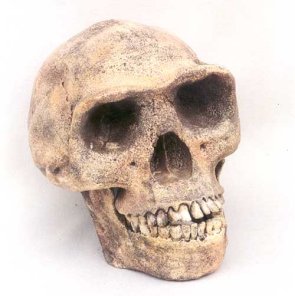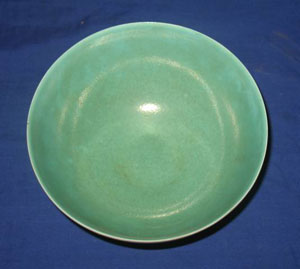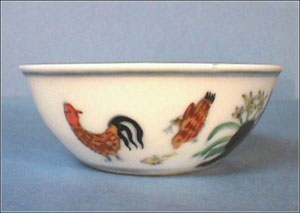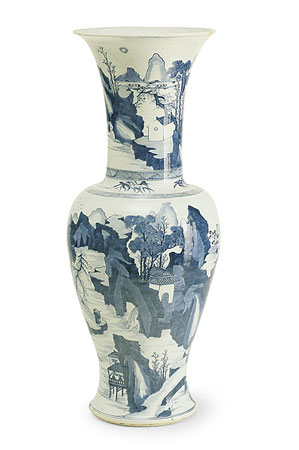Chinese Antiquities
Lost in Translation, Nicole Mones, 1998
Peking Man

This book is not to be confused with Sofia Coppola’s 2003 movie of the same name set in Tokyo. This novel, winner of the Janet Heidinger Kafka Prize, focuses on the mystery of Peking Man, the homo erectus remains found in Beijing in the 1920’s. Jesuit theologian Pierre Teilhard de Chardin was involved in the discovery, but was ordered by the church not to publish on the subject of evolution during his lifetime. Peking Man was lost during the Japanese occupation. The remains have never been found but the Chinese government formed a committee in 2005 to look for them officially.
In the novel an American archeologist has uncovered new information about the whereabouts of the remains he thinks were hidden by Teilhard de Chardin himself. He comes to China, hires an American woman living in Beijing, fluent in Chinese, as his interpreter and starts his search. The Chinese government assign two Chinese professors to accompany the Americans. Spies are everywhere. Their search takes them to the remote desserts of Northwest China. The interpreter becomes interested in the 23 year relationship between American Lucile Swan and Teilhard de Chardin whose voluninous letters to each other have just been published. Will they find the remains?
A Cup of Light, Nicole Mones, 2003
Southern Sung Celadon Cup 
In this novel an American porcelain expert who speaks, reads, and writes, Chinese comes to Beijing to evaluate a newly uncovered collection of porcelain that may have belongs to the Imperial court. She is shocked to find 800 pieces of authentic looking porcelain worth maybe $150 million. Her expert colleague gets appendicitis and is left behind in Japan to recover so she must work alone.
She wears a visible hearing aid which she turns off when she wants to concentrate. Her special skill is a phenomenonally developed memory using imperial examination cubicles as a mnemonic device. She find several near perfect fakes but believes the collection to be largely authentic. One of the fakes is a Chenghua chicken cup. An original just sold at auction for $3.75 million.
Chenghua Chicken Cup 
The big question for her is where did this large, previously unknown collection come from? There are sophisticated artwork smugglers (the penalty for getting caught is immediate execution), modern moguls, art dealers, and very talented modern day pot makers.
The heroin travels to Jingdezhen, center of porcelain production to the imperial court for a thousand years. During Mao’s time, huge factories turned out mass produced China to be exported to the world. Now Jingdezhen is reverting to its old cottage industry with small scale artisans producing high quality work. She has come looking for the notorious Master of the Ruffled Feather producer of some the finest fakes to reach museums in the West. The name comes from slight flourish in a painted feather which is the humerous signature of this forger. She is directed to an old master only to discover the notorious forger is his grandaughter, maybe 15. Her work has fooled experts around the world.
A Chinese Oregan software Billionaire and his wife are considering buying the entire collection. Is it authentic? If so, where has it been since leaving the forbidden city? Can it be smuggled out of China to Hong Kong? Of course, there is romance along the way.
